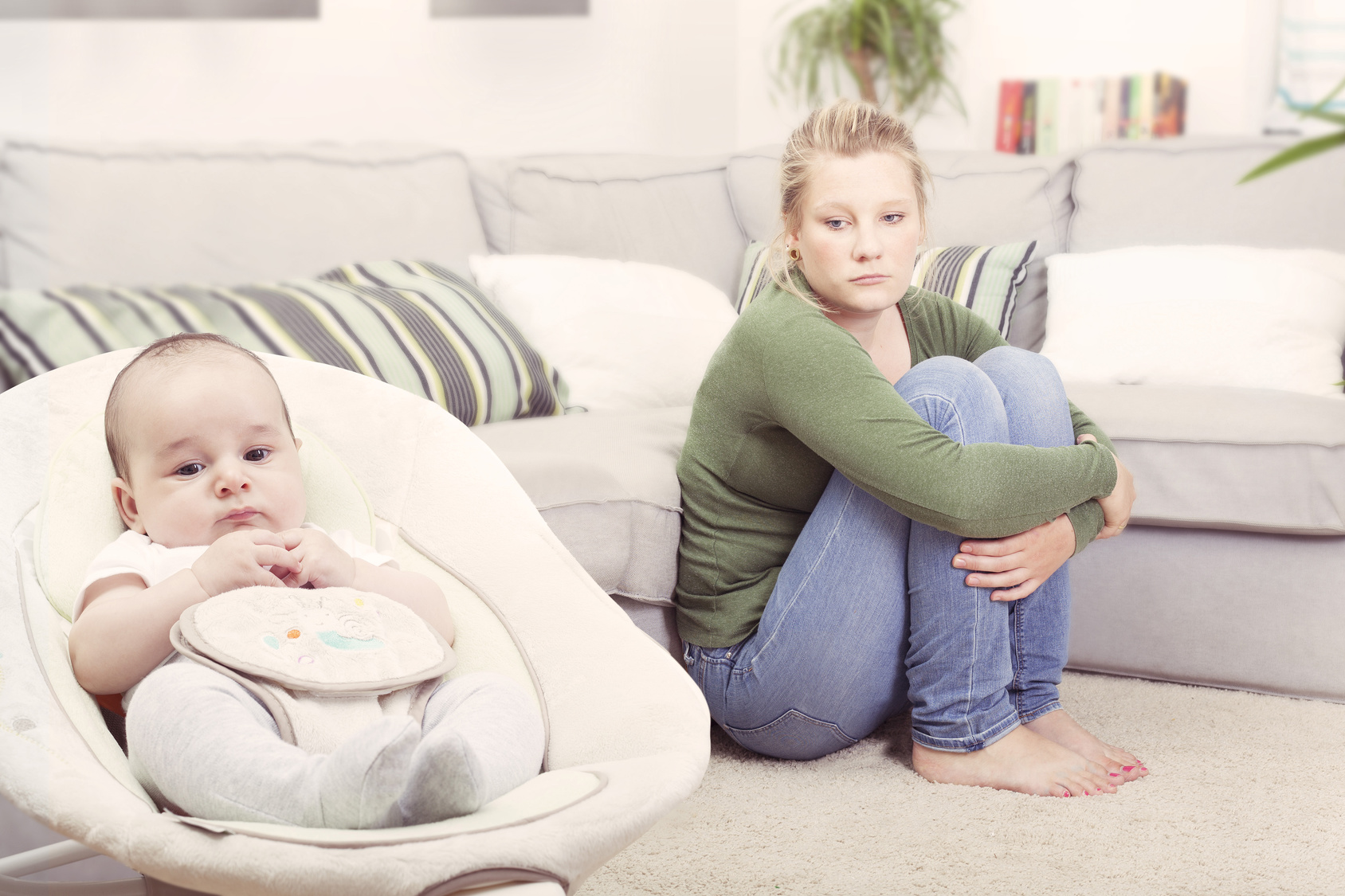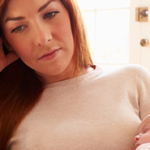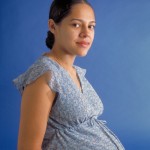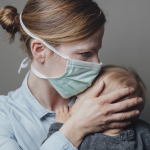In the earliest studies, postpartum depression was described an episode of depression associated with childbirth, typically emerging within the first three months after delivery. As more research has been carried out, we have learned that a sizeable number of women with PPD actually begin to experience symptoms during pregnancy. The bottom line is that women with PPD are a heterogeneous group, and several recent studies have attempted to identify and characterize different subtypes of PPD and to better understand their trajectories over time.
A recent study uses data from the Feelings in Pregnancy and Motherhood Study (FIP) taking place in Saskatchewan, a longitudinal epidemiological study; this particular analysis looks at trajectories of maternal depression and anxiety. What sets this study apart from others that it follows mothers from early pregnancy to five years after childbirth.
In the FIP study, data was collected from 615 women using interviews conducted by trained research assistants at five timepoints: early pregnancy (17.4 +?4.9?weeks gestation), late pregnancy (30.6 +?2.7?weeks), early postpartum period (4.2 +?2.1?weeks), and again at 36 and 60?months postpartum.
The Edinburgh Postnatal Depression Scale (EPDS) was used to assess women for depressive symptoms The three-item anxiety subscale (EDPS-A) was used to measure anxiety symptoms.
Over half of the participants were primiparous, and most were Caucasian women living in a stable relationship with a moderately high socioeconomic status.
The study identified four trajectories of maternal depression: low-stable (35%); moderate-stable (54%); moderate-increasing (5%); and high-decreasing (6%). The labels used in this study make it seem that most women have perinatal depression; however, it should be noted that the moderate-stable group reports EPDS scores that are higher than the low-stable group; however, the EPDS scores in the moderate group are less than 10, which is below the cutoffs used to define clinically relevant depressive symptoms (usually 12 or 13).
That said, this study is consistent with previous studies which have followed women across pregnancy into the first postpartum year. About 11% of the women have significant depressive symptoms persisting through the first five (!!) years of the child’s life. So postpartum depression isn’t strictly postpartum depression; it looks more like postpartum depression can be, in some women, the front end of an episode of depression which may persist for many years.
The authors also looked at maternal anxiety symptoms and observed three distinct trajectories: very low-stable (13%); low-stable (58%); and moderate-stable (29%). I am not so familiar with how the scores on the EPDS anxiety subscale relates to traditional anxiety scales, but it appears that about a third of the women have more severe anxiety symptoms and that these symptoms persist at high levels across the first five years after the birth of the child.
What this study clearly shows is that we need to extend our focus well beyond the postpartum period and the first year of life. Multiple studies report that exposure to maternal depressive symptoms can have a broad spectrum of deleterious effects, including delays in cognitive development, worse executive functioning, lower IQ, behavioral problems and increased vulnerability to psychiatric illness.
During the perinatal period mothers and mother-to-be have come into contact with multiple healthcare providers. Not only is this an opportunity to identify women at high risk risk and to screen mothers for psychiatric illness, it is an opportunity to provide support and to initiate interventions which decrease the risk of persistent maternal depression and anxiety and may thus protect children from the deleterious effects of psychiatric illness in the mother.
Ruta Nonacs, MD PhD
Ahmed A, Bowen A, Feng CX, Muhajarine N. BMC Pregnancy Childbirth. 2019 Jan 14;19(1):26. Free Article



![By Vera Kratochvil [Public domain], via Wikimedia Commons](https://womensmentalhealth.org/wp-content/uploads/2015/06/Mother_Kissing_Baby-150x150.jpg)





Leave A Comment